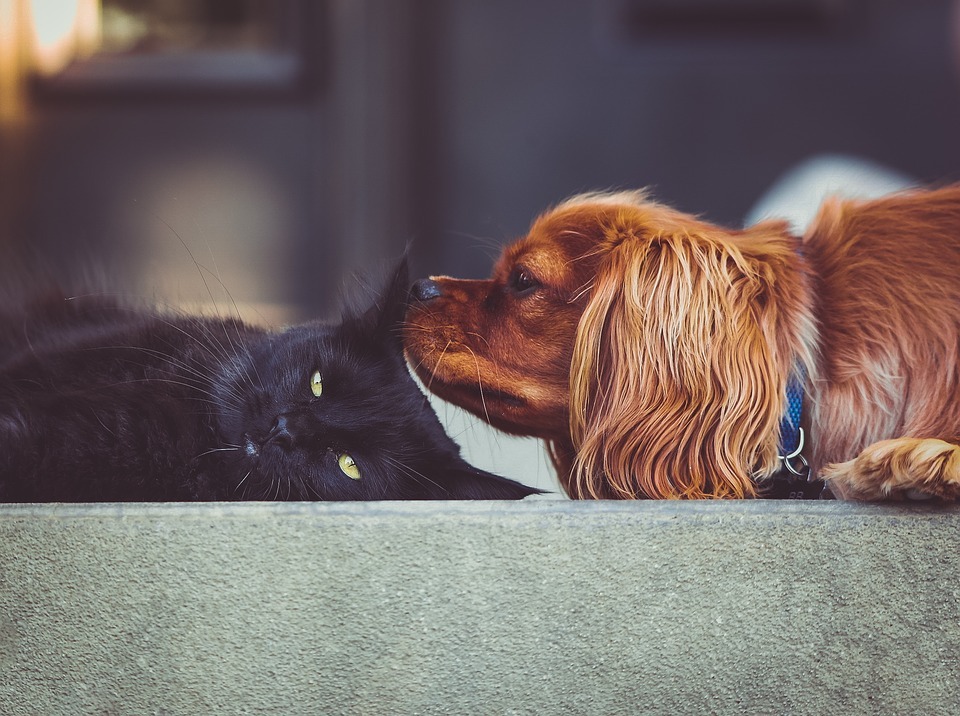The belief that cats and dogs are natural mortal enemies is a myth according to Jackson Galaxy, dog trainer and presenter of Animal Planet’s “Cats vs dogs” show. There’s no reason why Tinkerbell and Sadie can’t “shake paws” and make peace.
Although cats are easily startled, and dogs are territorial, they can share the same space without being at each other’s throats all the time. They just need their humans to assist in creating that purr-fect living environment. “If cats and dogs are brought up together in a positive, loving, encouraging environment, they’re going to be friends or at least tolerate each other,” says Galaxy.
How to go from enemies to friends:
- Personality test

Contrary to popular belief, certain breeds of cats and dogs don't typically get along better than others. It’s more about the personality of the pets. If Tinkerbell is a skittish kitty who’s not into socialising and Sadie is a pooch who adores attention, their personalities might clash, and the claws might come out.
If two pets have incompatible personalities, it’s better to separate them. Keep your doggo in your backyard and teach your kitty to avoid the dog’s personal space by leaving a window open to the front garden.
2. Train your dog

Some dogs are a little rough around the edges. They can’t help but act on impulses. If your dog suddenly spots your purring friend in his territory, his first instinct might be to jump up and charge for kitty’s tail. That’s normal, your dog just needs some training.
To set Sadie up for success, introduce her to the cat in your presence. Keep your dog on a leash for the first few encounters and give her a chance to sniff around. Look out for signs of aggression. If she’s a good girl, give her a treat.
3. Allow cats and dogs to follow their noses.

Galaxy says that it’s a smart idea to let cats and dogs sniff each other’s bedding and toys before a face-to-face introduction. This way, they can satisfy their curiosity and avoid potential turf battles.
4. Work on your dog’s physical and mental health

Allowing Sadie to exercise isn’t just something that she’ll enjoy, it’s also beneficial for her health. A good workout will give your dog a chance to release some energy enabling her to have more self-control in the presence of cats.
Dogs need a lot of stimulation. Receiving it in a controlled manner makes them less likely to satisfy it by, say, chasing a cat. Instead of walking the usual route, mix it up and explore new surroundings.
5. Keep toys and food separate

“A cat will walk up to the dog bowl—either while the dog’s eating, or in the vicinity—and try to eat out of it,” says Galaxy. “The dog just goes to town on them. You can’t assume that your dog isn’t food-protective or resource-protective.”
To prevent these disastrous mealtime encounters, schedule regular mealtimes for your pets (no free feeding!) and place the bowls in separate areas of the house, or the cat’s dish up on a table or another elevated surface.
Hopefully your dog and cat will turn from fur-nemies to friends soon. If it doesn’t happen overnight, remember that true companionship takes time. Be patient with the fur kids and



